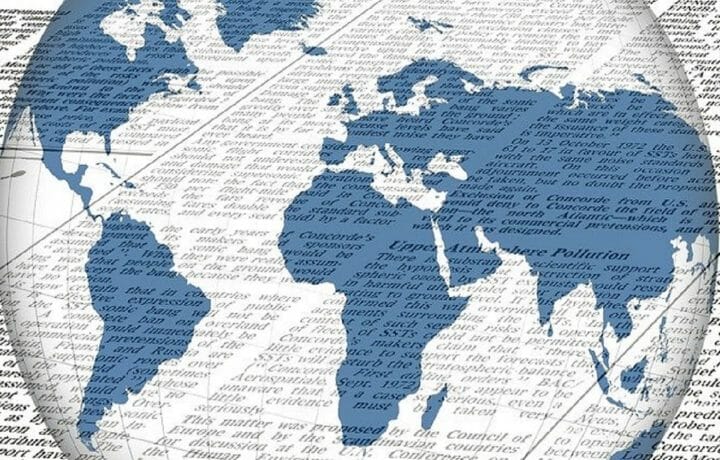Each day yields better information on the coronavirus and its affects. The rate of infections, or the “curve” as it’s often referred to, appears to be leveling. Vaccines and treatments are still in the works, but worldwide collaboration on research is pushing innovation at unprecedented speed. In popular discourse, financial markets, and government briefings, the topic at hand has shifted to the economy’s reopening.
“Reopening the economy” is a strange term, not exactly textbook in economic academia. But as the weeks pass by in a closed-down America, it’s becoming increasingly apparent that doing so is not as easy as flipping a switch. Even if businesses were to reopen, it’s hard to predict at what capacity people will reenter as employees or even consumers.
There’s no doubt the public is anxious to return to normalcy. Reopened beaches in Jacksonville were instantly packed, and protests against the shutdown are making headlines. But what makes for good news stories often undermines the reality: that many Americans will be unable and unwilling to return to everyday life.
Open For Business? For Who?
According to the Pew Research Center, two-thirds of Americans would be uncomfortable going out to vote. Almost half aren’t comfortable going to the grocery store. And three-fourths of Americans would be uncomfortable going out to a restaurant. For as long as the disease poses a legitimate threat, there will be ramifications at virtually every level of life. The virus has spread worldwide with an unusually low mutation rate. The same genetic code has infected people from all classes and backgrounds, but it is no servant of social equity.
Better educated and wealthier Americans say their lives have changed the most due to the pandemic, but they’re also more likely to be able to live and work from home. For those able to quarantine and reduce their exposure, life has changed in ways that would have been hard to believe just a few months ago. The way many buy groceries, chat with
friends, and conduct business has changed. Concerts, religious services, even football games have gone virtual. Certainly, COVID-19 looks different in the age of the internet than it would have thirty years ago.
But although today’s technology has perhaps softened the blow to our personal lives, it is by no means a finished product. For an indicator of where the world is heading, take a look at where investment is going. In a stock market that has fallen considerably from record highs just months ago, Amazon’s stock is up 27% on the year; Zoom’s is up over 120%. We aren’t adapting temporarily to a new lifestyle. We’re actively building it.
Uncertainty tends to yield opportunity. We’ve already seen innovation in medical collaboration, global supply chains, and virtual systems. Our world will demand measures that protect against such a pandemic. With the challenge laid squarely in front of us, the coming months give us the chance to make the world a better place.




